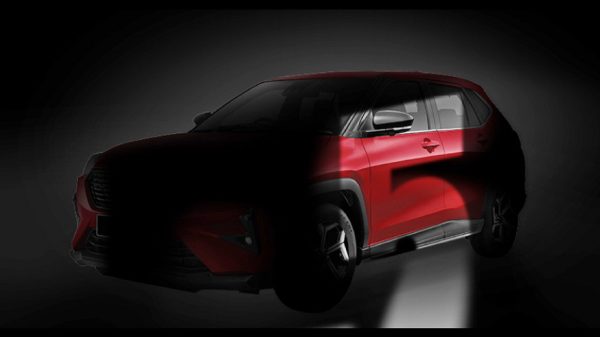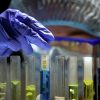Scientists and experts debate the technology leap in cosmology
Astronomers are looking at advanced quantum technologies to improve the resolution of telescopes. The approach involves combining light from telescopes separated by hundreds of kilometers to reveal details of distant astronomical objects.

In the field of optical and infrared astronomy, scientists are considering the possibility of synergy between traditional telescopic methods and quantum technologies. During a recent meeting at the US research center NOIRLab, an initiative led by a group of astronomers was discussed that could revolutionize the ability to observe distant celestial objects.
The method under consideration will use quantum memory capable of storing the subtle quantum states of photons over significant distances to produce highly detailed images. While current optical interferometers have difficulty covering distances of a few hundred meters, the use of quantum storage devices and networks can extend this capability to hundreds of kilometers.
Astronomers could potentially extract descriptive details about exoplanets by visualizing phenomena such as atmospheres, seasonal variations, and even signs of habitability. Likewise, this method could offer a more thorough study of the esoteric regions around supermassive black holes.
A new alternative to storing and combining photon states is the use of quantum entanglement – a phenomenon that may seem like a product of science fiction, but is the cornerstone of quantum mechanics. By linking photon states between distant telescopes, researchers could process information comparablely as if they were physically in the same place.
Discussions between astronomers and quantum experts aim to expand the lab's success stories to astronomical scale, with ambitions of creating a demonstration project potentially heralding a new quantum-based era of astronomical observation by the 2030s. These advances promise a leap in understanding of the cosmos, setting the stage for discoveries that once seemed out of sight.
Despite the tantalizing promise of quantum-enabled telescopic networks, significant challenges remain. Current quantum storage technologies have limitations that need to be addressed, and the durability of quantum devices under varying environmental conditions poses additional hurdles. Innovations in the reliability and capacity of quantum storage systems will be essential to move from laboratory experiments to real-world astronomical applications.























































Свежие комментарии